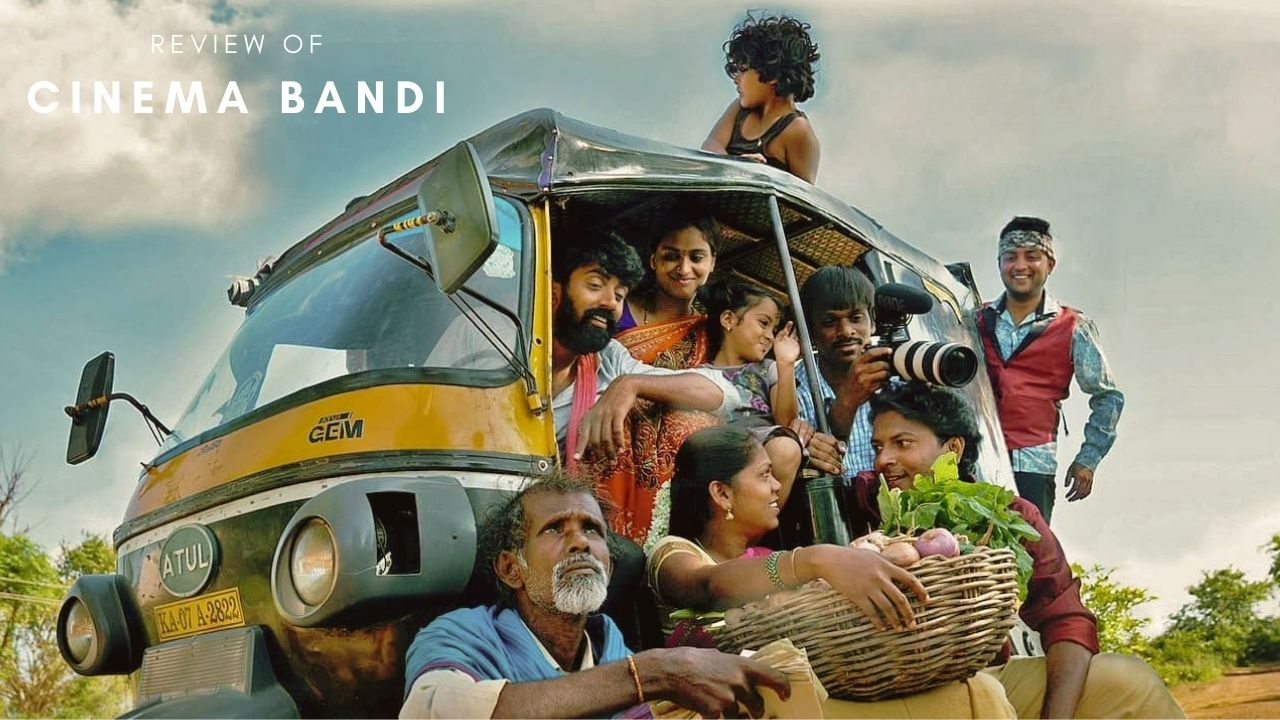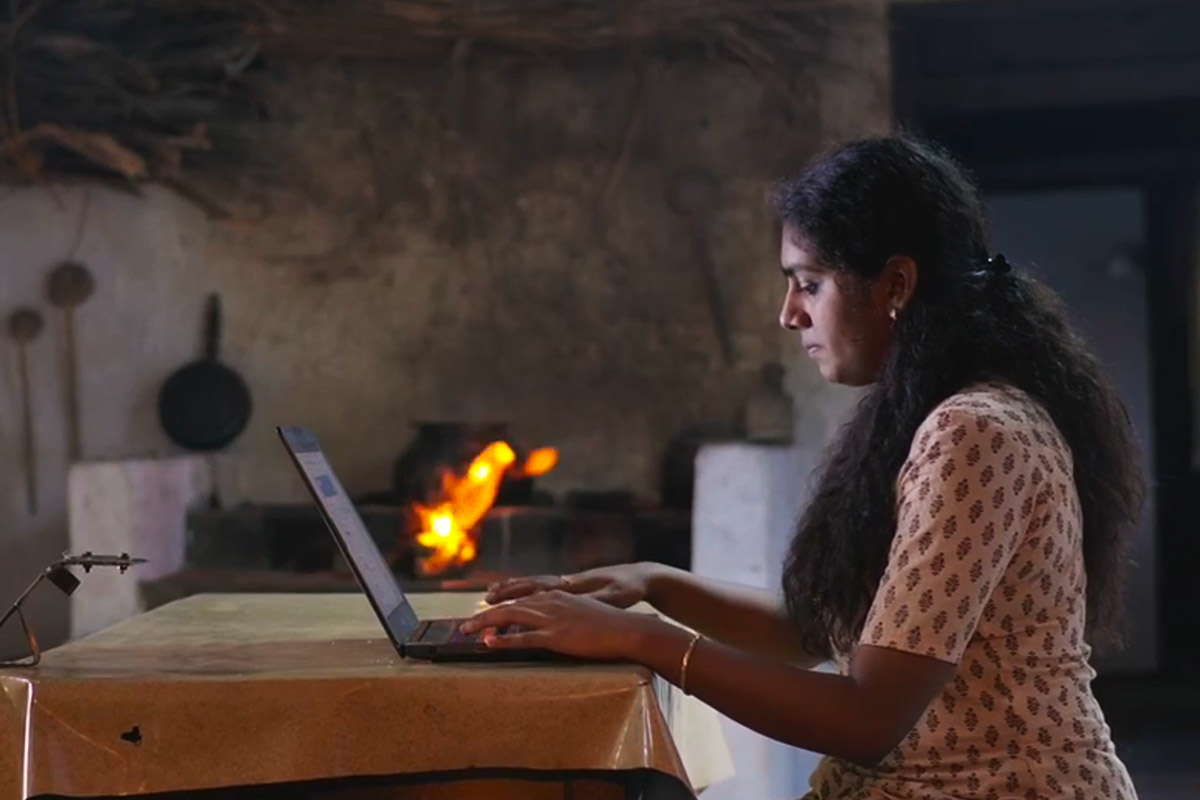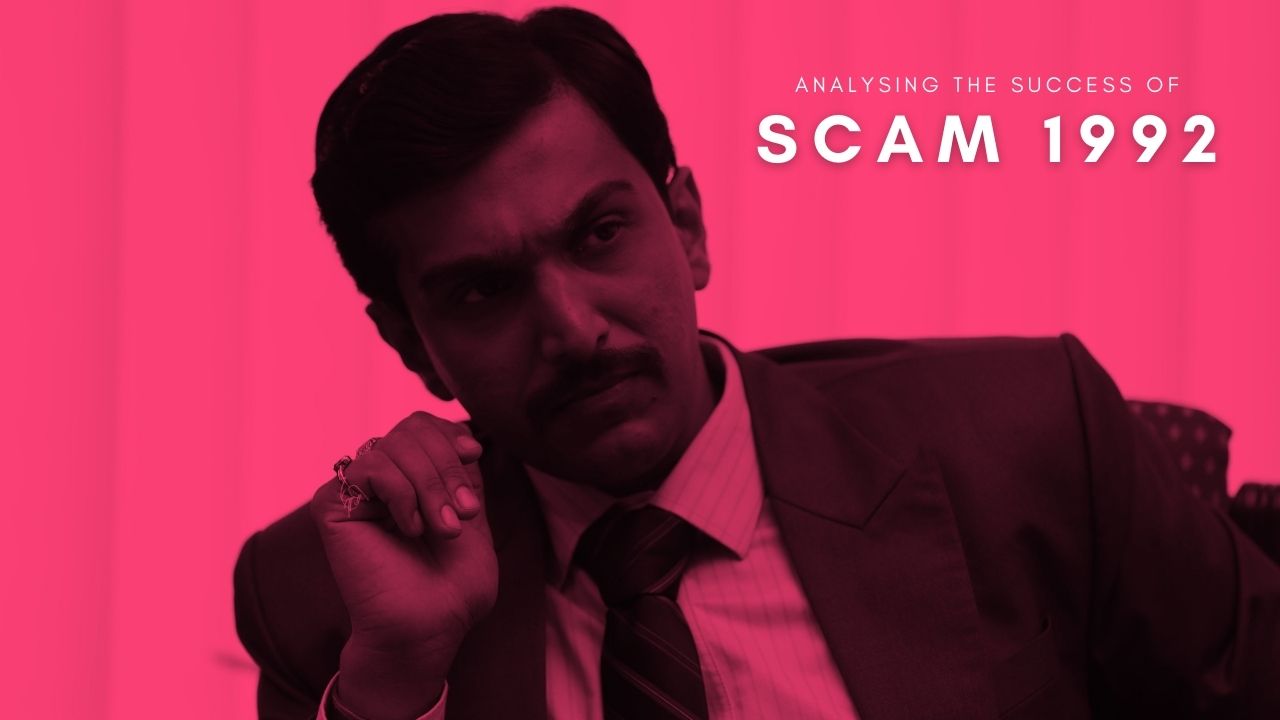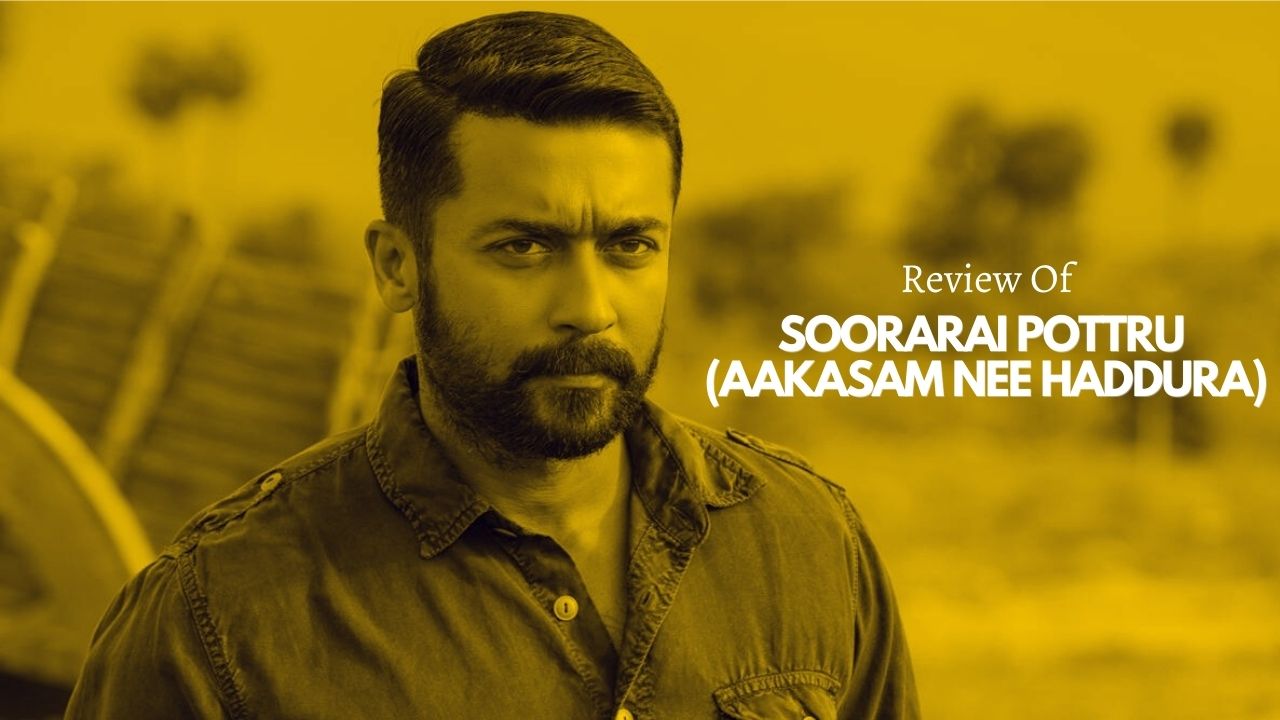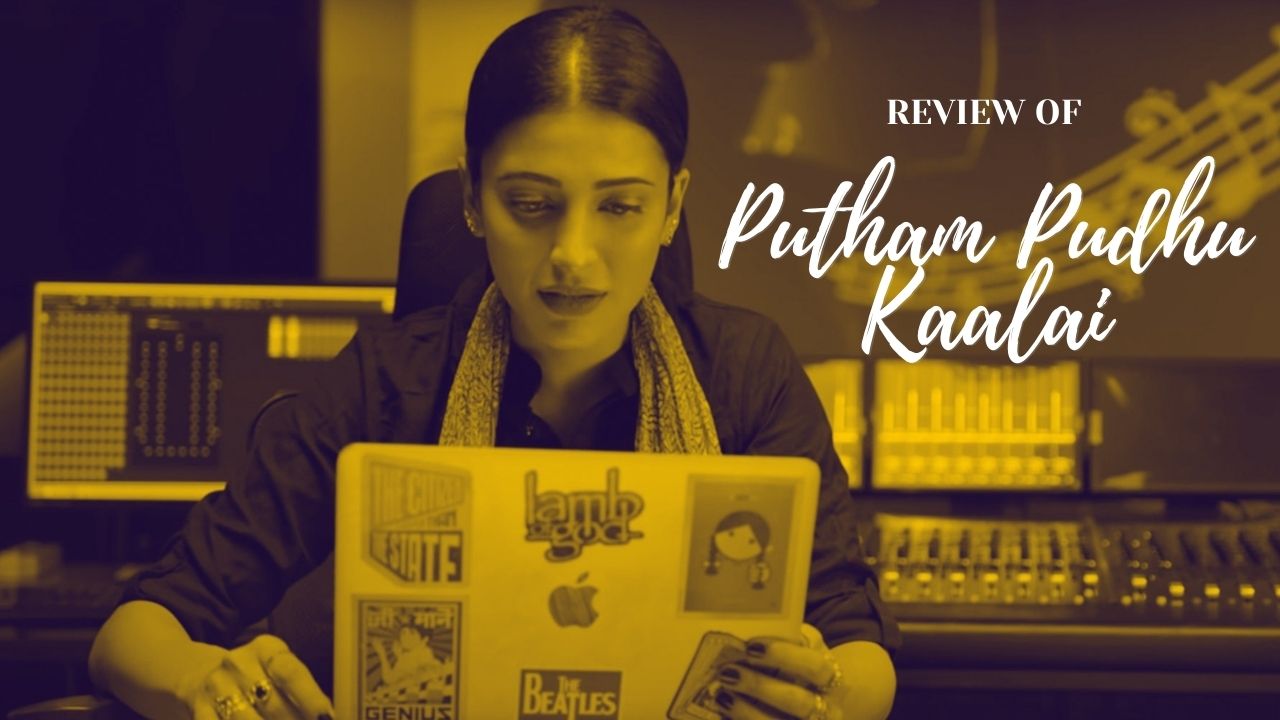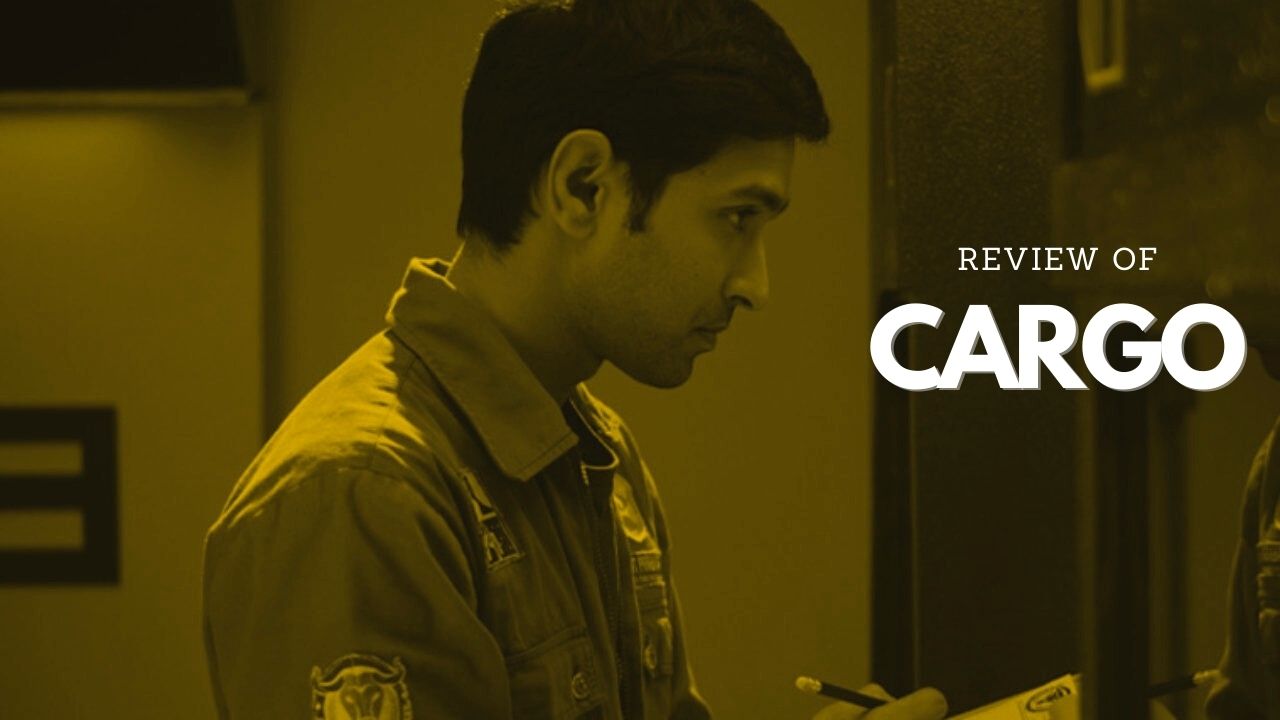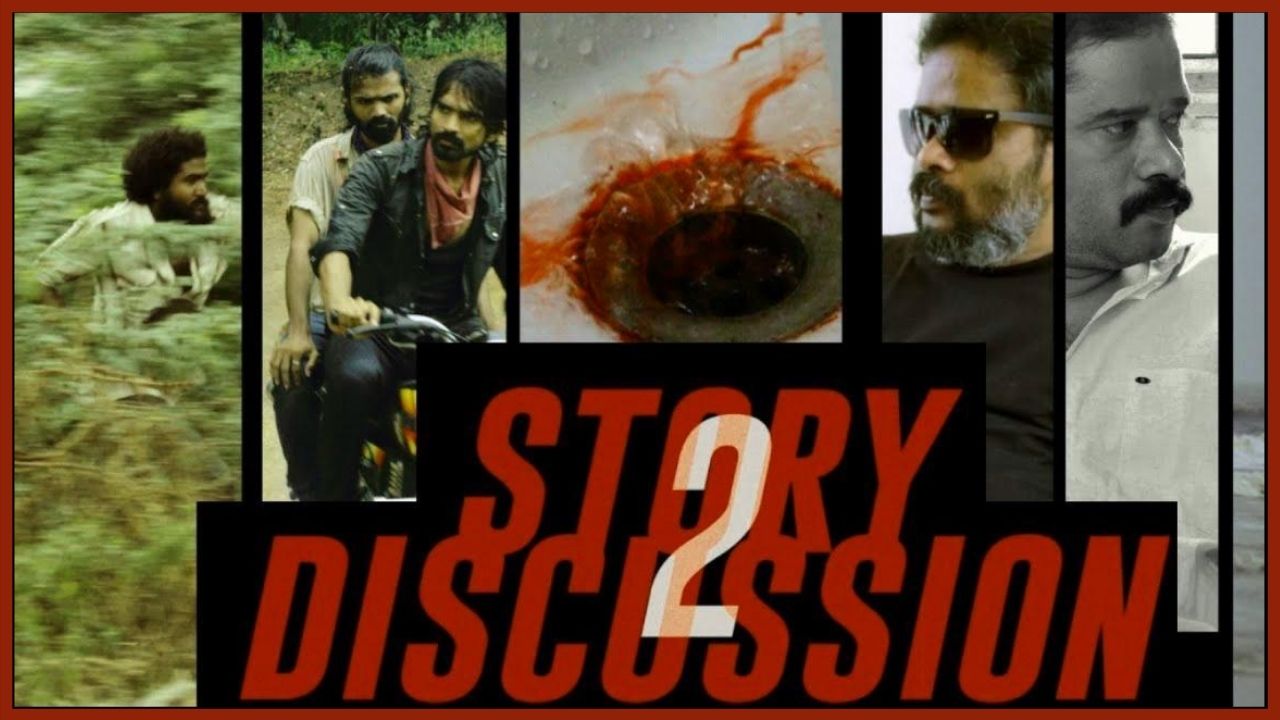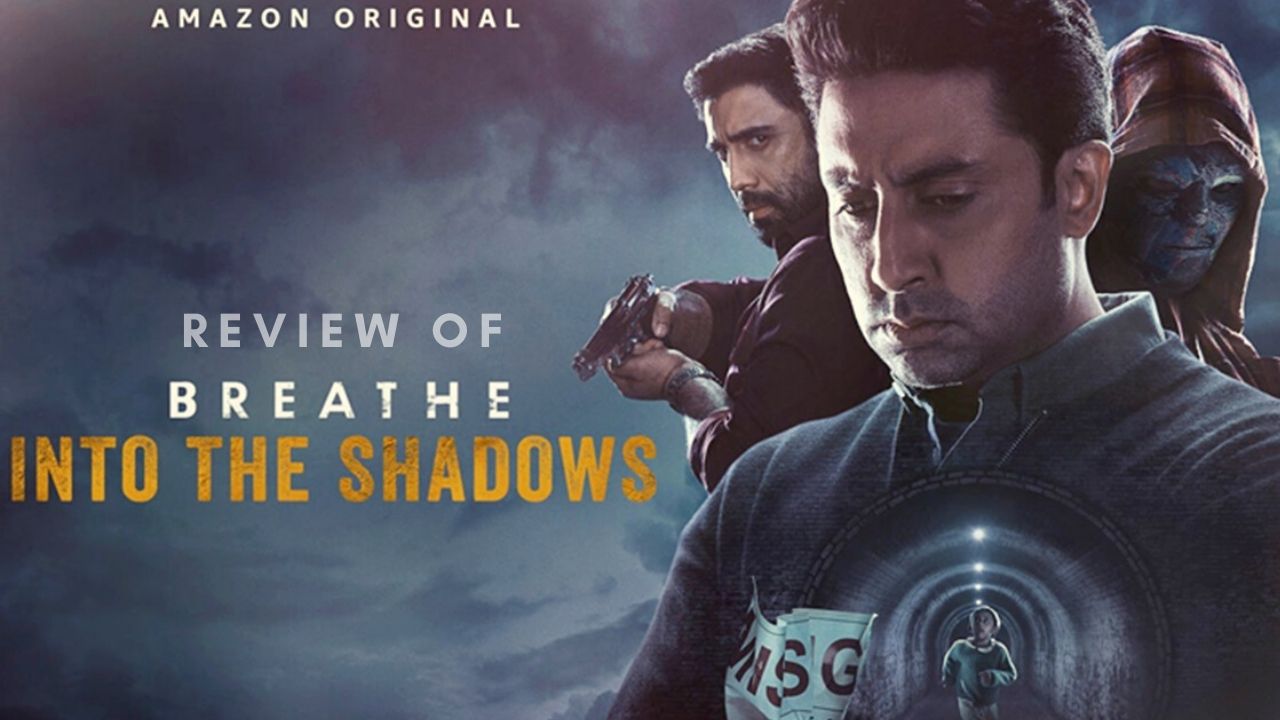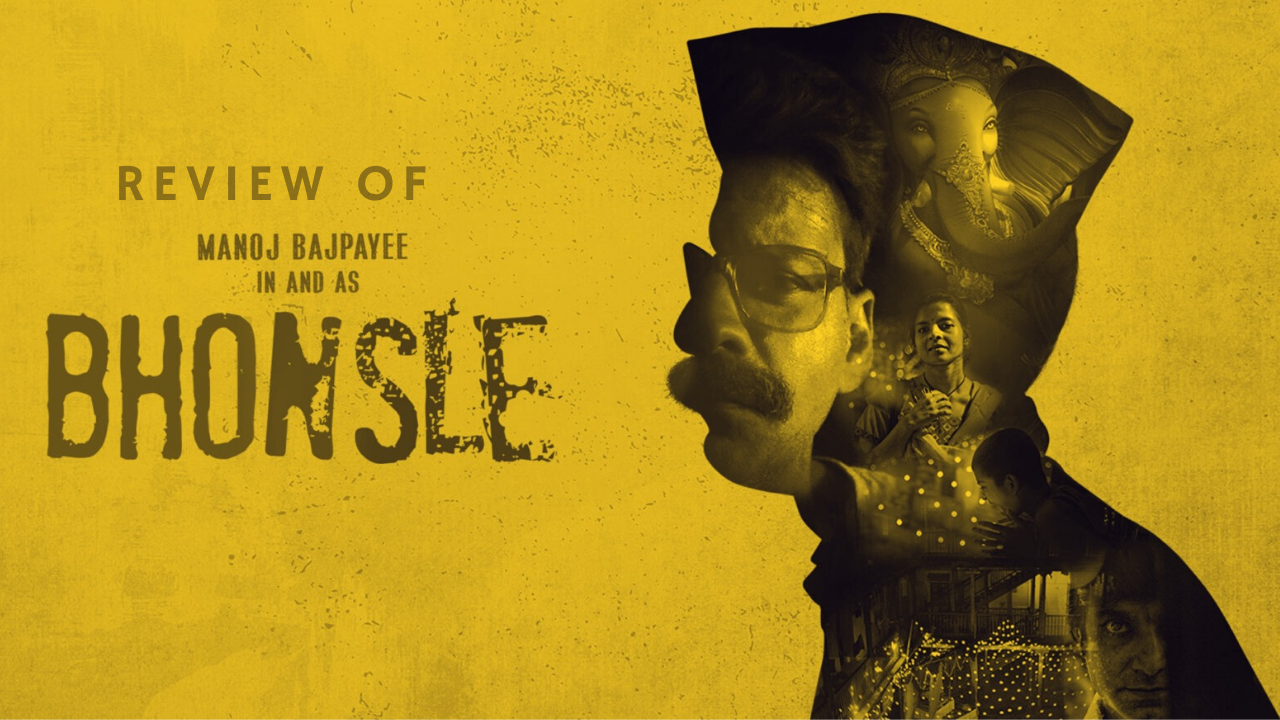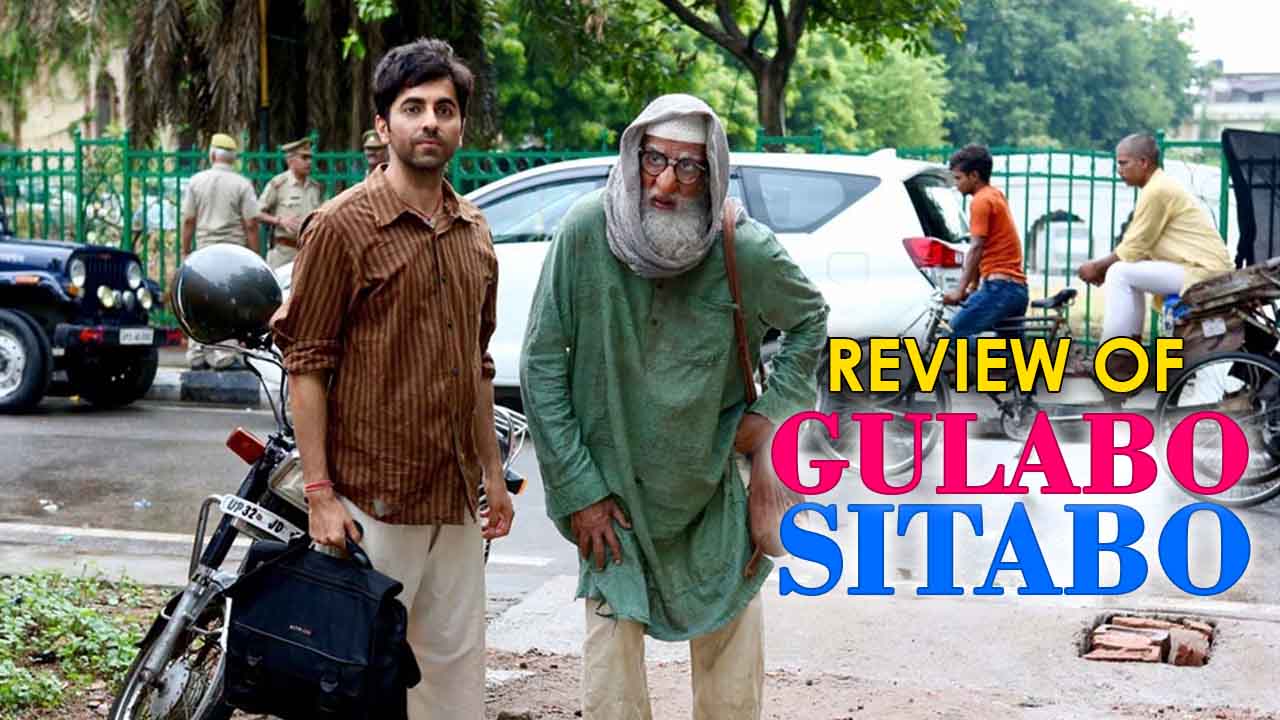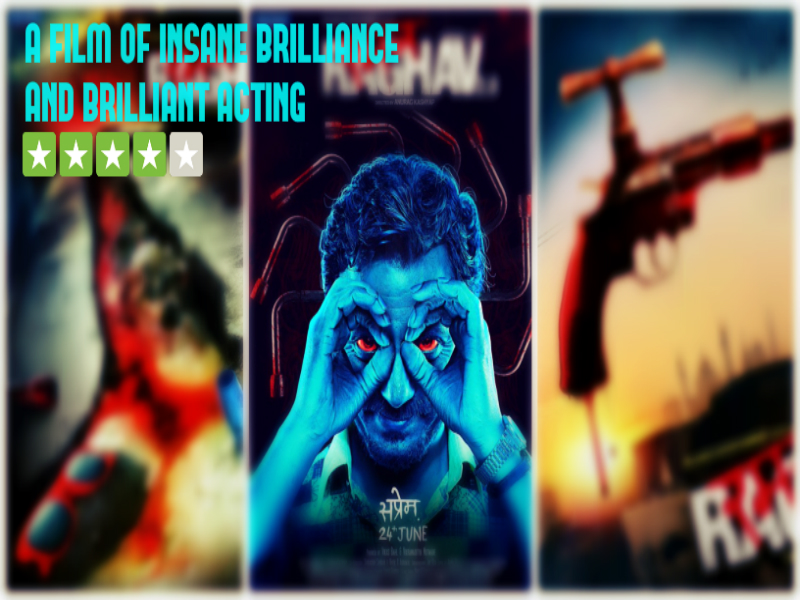
There are many moments in Raman Raghav 2.0, that starkly contrasts the societal standards towards abuse and acceptability. This is a film that purportedly tells the story of two maniacal individuals but is in fact a disturbing portrait of society’s attitudes and responses to violence. This is not, as viewers would be expecting, a biopic of the notorious Mumbai serial killer Raman Raghav who was caught after a string of murders in the 1960s. This is the story of two deeply disturbed brutes, one a poor man called Ramanna, the other a policeman called Raghav, set in the present decade — hence the “2.0” in the title.
In one of the most telling scenes in writer-director Anurag Kashyap’s Raman Raghav 2.0, a man assaults his girlfriend in the presence of two policemen. The cops have been assigned as her personal security guards, to protect her from a notorious serial killer, yet they watch wordlessly when her own boyfriend roughs her up.
As the film progresses, we see how they are no different from each other, Raman And Raghav are, and how — much as snooty wealthy folk would be repulsed by this mirror — one completes the other.
Murder for the sake of murder. Murder sometimes committed in the moment. Murder committed to make way for another murder. Raman Raghav 2.0 is not, about pointlessness, ( pointless in its murders and gore ) but about the mindlessness in so much of the bloodshed around us.
Kashyap’s latest film may appear to resort to certain devices popular in the genre: the ominous sound of a metal pipe being dragged over a hard surface, for instance. Yet none of them is used in a clichéd, predictable fashion.
https://youtu.be/LWs5C3lFlC8
Interestingly too, though both protagonists are ferocious creatures, the portrayal of violence here is not in your face, gratuitous or exploitative. Aided in no small part by Jay Oza’s discreet camera and Aarti Bajaj’s seamless editing, we know that blood is routinely drawn and skulls are repeatedly cracked in this film, yet at no point do we actually see it happening. In fact, only once in the film do we get a shot of a murder victim’s face after the murder. In that scene alone is a prone body shown in its entirety post a crime.
The pacey narrative — with an eight-chapter structure — is unrelenting. Though the dialogues are smashingly effective, they do not rely on filmic melodrama or earthiness (the most charming part of Gangs of Wasseypur 1 & 2) for their appeal. They are hard-hitting because of the situations and settings in which they are set.
Holding it all together along with Kashyap’s unswerving directorial intentions is one of the best casts put together for a Hindi film in recent times. Nawazuddin Siddiqui’s brilliance is now a given. Still, considering the number of gangster and crime flicks in his short filmography, it is amazing that he has managed to reach into himself to serve us something and someone so completely different from Faisal Khan of the Wasseypur films and Liak from Badlapur. His Ramanna is eerie, scary, disgusting and yet almost elicits laughs for the matter-of-fact manner in which he goes about his bloody business.
https://youtu.be/FL2ZpVwozk4
As chalk is to cheese, so young Vicky Kaushal’s all-Punjabi, all-Mumbaikar, well-heeled, gruesome cop here is to his turn as an impoverished, emotionally vulnerable low-caste boy from Varanasi in 2015’s Masaan. Two superbly written characters, two superb performances.
The leads are all the more striking because they do not get the benefit of repeated extreme close-ups or a repeated focus on their eyes and faces in much of this film. Kaushal, in fact, wears dark glasses almost throughout and many of Siddiqui’s shenanigans are captured in long shots.
With these two in full flow and the story revolving entirely around them, you would think it would be impossible for any other character to make a mark. It is a measure of Vasan Bala and Kashyap’s excellent writing and the wonderful cast that there are others who are memorable too. Amruta Subhash as Ramanna’s sister is in top form. It would be Hindi cinema’s good fortune if it manages to tap more into this consistently lovely Marathi actress who, among other roles, was so moving as the young, widowed mother and struggling professional in Avinash Arun’s Killa.
In a film peopled with impressive talents — including little Saksham Sudhija’s beautiful, speaking eyes — Sobhita Dhulipala as Raghav’s girlfriend Simmy Naidu and Anuschka Sawhney as Ankita, a sexy stranger at a party, merit a mention.
Raman Raghav 2.0 does not slip up tonally at any point. From Sona Mohapatra’s velvety voice at a nightclub early in film to that remarkable overhead shot of Mumbai city’s beautiful ugliness in the twilight, from the impeccable sound design (crucial, since this is a film in which gore is heard but rarely seen) to Ram Sampath’s background score and songs that have been quietly woven into the narrative, it is all a perfect fit.
Raman Raghav 2.0 is layered, gripping from the word go, unnerving and, in a twisted way, hugely entertaining. It is also a stinging commentary on the times we live in.
He is back, people. Anurag Kashyap is back.
( Source : FirstPost )
https://youtu.be/xq1cEmhVa68
